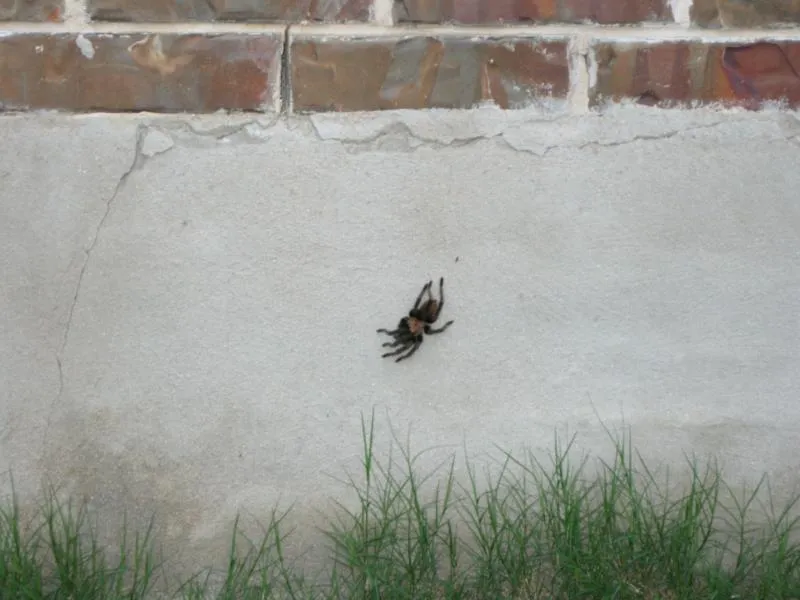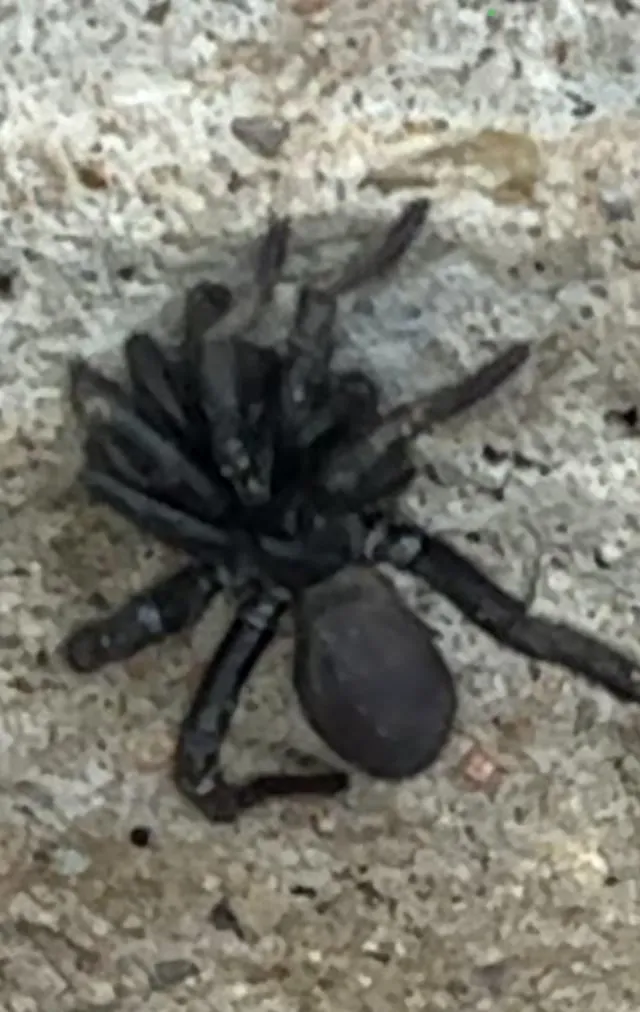What Are Tarantulas?
Tarantulas are large, hairy spiders belonging to the Theraphosidae family. These fascinating creatures are known for their impressive size, often boasting leg spans that can reach several inches. They are primarily nocturnal hunters, equipped with venomous fangs to subdue their prey, which typically includes insects, small rodents, and other invertebrates. Tarantulas are found in various habitats around the world, thriving in diverse environments from deserts and grasslands to tropical rainforests. Despite their intimidating appearance, they are generally not aggressive towards humans, preferring to retreat rather than attack. Their lifespan can vary greatly, with females living for decades, while males have shorter lifespans. Understanding the basic characteristics of tarantulas is the first step to appreciating these remarkable arachnids, especially in a place like Austin, Texas, where they are relatively common.
What Species of Tarantulas Live in Austin TX?
Austin, Texas, is home to several species of tarantulas, the most common being the Texas Tan Tarantula (Aphonopelma hentzi). This species is well-adapted to the Texan climate and can be frequently encountered in the local environment. These tarantulas are typically brown or tan in color, blending well with the dry grasslands and scrublands where they make their burrows. While the Texas Tan Tarantula is the most prevalent, it’s also possible to find other related species or variations within the same genus in and around Austin. Identifying specific species can be challenging without detailed examination, but size, color, and habitat preferences can provide clues. Local experts and entomological resources can help with more precise identification. Knowing the specific species can also offer insights into their behavior, diet, and potential encounters.
Habitat and Behavior of Austin TX Tarantulas

The habitat of tarantulas in Austin, TX, primarily consists of grasslands, scrublands, and occasionally wooded areas. They are ground-dwelling spiders, often creating burrows in the soil or utilizing natural shelters like crevices under rocks or fallen logs. These burrows provide protection from the elements and a safe haven during the day. The behavior of Austin tarantulas is largely nocturnal; they typically emerge from their burrows at dusk to hunt. Their diet mainly consists of insects, but larger tarantulas may also prey on small vertebrates. They are ambush predators, waiting patiently near their burrows for unsuspecting prey to come within reach. The mating season for tarantulas is usually in the late summer or early fall, during which males will wander in search of females. Understanding their habitat and behavior is essential for anyone hoping to spot or interact with these creatures in the Austin area.
When and Where Can You See Tarantulas in Austin TX?
The best time to see tarantulas in Austin, TX, is during the late summer and early fall, particularly in the evenings and at night. This is their mating season, and males are actively roaming in search of mates, increasing the likelihood of sightings. Prime locations to spot tarantulas include natural areas, parks, and undeveloped land. Areas with grasslands, scrub, and rocky terrains are particularly promising. Local parks like Emma Long Metropolitan Park and Barton Creek Greenbelt may offer opportunities for sightings, especially along trails and in less-trafficked areas. When searching for tarantulas, it’s important to be patient and observant, using a flashlight to scan the ground and surrounding environment. Be mindful of your surroundings and avoid disturbing any potential burrows or spider habitats. Always maintain a respectful distance and never attempt to handle a tarantula unless you are an expert or have professional guidance.
Are Austin TX Tarantulas Dangerous?
Tarantulas in Austin, TX, are not generally considered dangerous to humans. Their venom is typically mild, comparable to a bee sting, and rarely causes serious medical issues. The main threat comes from potential allergic reactions or the psychological impact of a bite. It is crucial to avoid provoking tarantulas, as they may bite in self-defense if they feel threatened. Their bite can cause localized pain, redness, and swelling, but these symptoms usually subside within a few hours or days. It’s also important to note that tarantulas have urticating hairs on their abdomen, which they can flick at perceived threats. These hairs can cause skin irritation and itching. Should you be bitten or experience skin irritation, it is advisable to clean the area and seek medical attention if symptoms worsen or persist. Generally, tarantulas are more of a fascinating sight than a significant threat in Austin.
How to Handle Tarantula Sightings in Austin TX

When encountering a tarantula in Austin, TX, the best approach is to observe from a safe distance and avoid any direct interaction. Do not attempt to handle or touch the spider unless you are an experienced handler and know the species’ behavior. Allow the tarantula to move freely, giving it space to retreat if it feels threatened. If a tarantula is inside your home, you can safely relocate it by carefully capturing it in a container and releasing it outdoors away from your property. Never use pesticides or attempt to harm a tarantula. Instead, appreciate its presence and learn more about its role in the local ecosystem. If you have concerns about tarantulas around your property, consider contacting local wildlife experts or pest control services for advice on humane solutions. Educate yourself and others about these fascinating creatures to foster a greater appreciation for biodiversity in Austin, TX.
